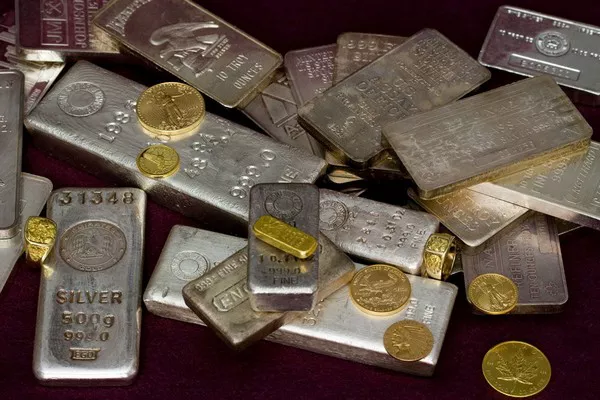Silver and gold, both precious metals, have captured human fascination for millennia. They share common characteristics such as rarity, durability, and aesthetic appeal, yet their market prices exhibit significant disparities. The stark price difference between silver and gold often leads investors to ponder: why is silver so much cheaper than gold? This question delves into a complex interplay of factors ranging from supply and demand dynamics to industrial usage and market sentiment. By dissecting these elements, we can gain a deeper understanding of the reasons behind silver’s lower price relative to gold.
1. Relative Abundance:
One of the primary reasons for the price differential between silver and gold is their relative abundance in the Earth’s crust. While both metals are considered rare, silver is more abundant than gold by a considerable margin. According to geological estimates, the Earth’s crust contains approximately 19 times more silver than gold on a weight basis. This abundance translates into a higher supply of silver available for extraction and production, thereby exerting downward pressure on its market price compared to the relatively scarcer gold.
2. Industrial Demand:
Unlike gold, which is primarily used for investment and jewelry purposes, silver has extensive industrial applications across various sectors. Approximately 50% of global silver demand comes from industrial uses such as electronics, solar panels, automotive components, and medical devices. This industrial demand for silver creates a constant consumption stream that can influence its price dynamics independently of investment demand. Consequently, fluctuations in industrial activity and technological advancements can impact the price of silver more profoundly compared to gold, which is predominantly driven by investment and monetary factors.
3. Market Perception and Sentiment:
The perception of silver as an industrial commodity versus gold as a monetary metal also plays a significant role in determining their respective market prices. While gold has been revered as a symbol of wealth and prestige throughout history, silver has often been viewed as a more utilitarian metal with practical applications in everyday life. This distinction influences investor sentiment and market behavior, with gold being perceived as a safe-haven asset during times of economic uncertainty and geopolitical instability, whereas silver’s price movements are more closely tied to industrial demand and market sentiment.
4. Price Manipulation and Speculation:
The silver market has historically been susceptible to price manipulation and speculative trading due to its smaller market size and lower liquidity compared to gold. In the past, allegations of market manipulation by large financial institutions and short-selling activities have led to heightened volatility and downward pressure on silver prices. While gold is not immune to manipulation, its larger market size and established trading infrastructure provide greater resilience against such practices. Consequently, the perception of silver as a speculative asset can contribute to its lower price relative to gold, as investors may perceive higher risks associated with silver investments.
5. Investment Demand:
Although industrial demand constitutes a significant portion of silver consumption, investment demand also plays a crucial role in shaping its market price. Silver is widely regarded as a store of value and hedge against inflation, similar to gold, albeit to a lesser extent. Investors often turn to silver as a more affordable alternative to gold, particularly during periods of economic uncertainty and currency devaluation. However, the relatively smaller size of the silver market compared to gold means that investment demand can have a more pronounced impact on silver prices, leading to greater price volatility and fluctuations.
Conclusion:
In conclusion, the price differential between silver and gold can be attributed to a combination of factors including relative abundance, industrial demand, market perception, price manipulation, and investment demand. While both metals share common characteristics as precious metals, their distinct properties and market dynamics result in divergent price trajectories. Silver’s affordability, industrial utility, and susceptibility to market manipulation contribute to its lower price relative to gold, which is prized for its scarcity, stability, and historical significance. Nevertheless, both silver and gold continue to hold intrinsic value as tangible assets and serve as vital components of diversified investment portfolios. Understanding the factors driving the price disparity between silver and gold is essential for investors seeking to navigate the complexities of the precious metals market and capitalize on investment opportunities in an ever-changing economic landscape.

